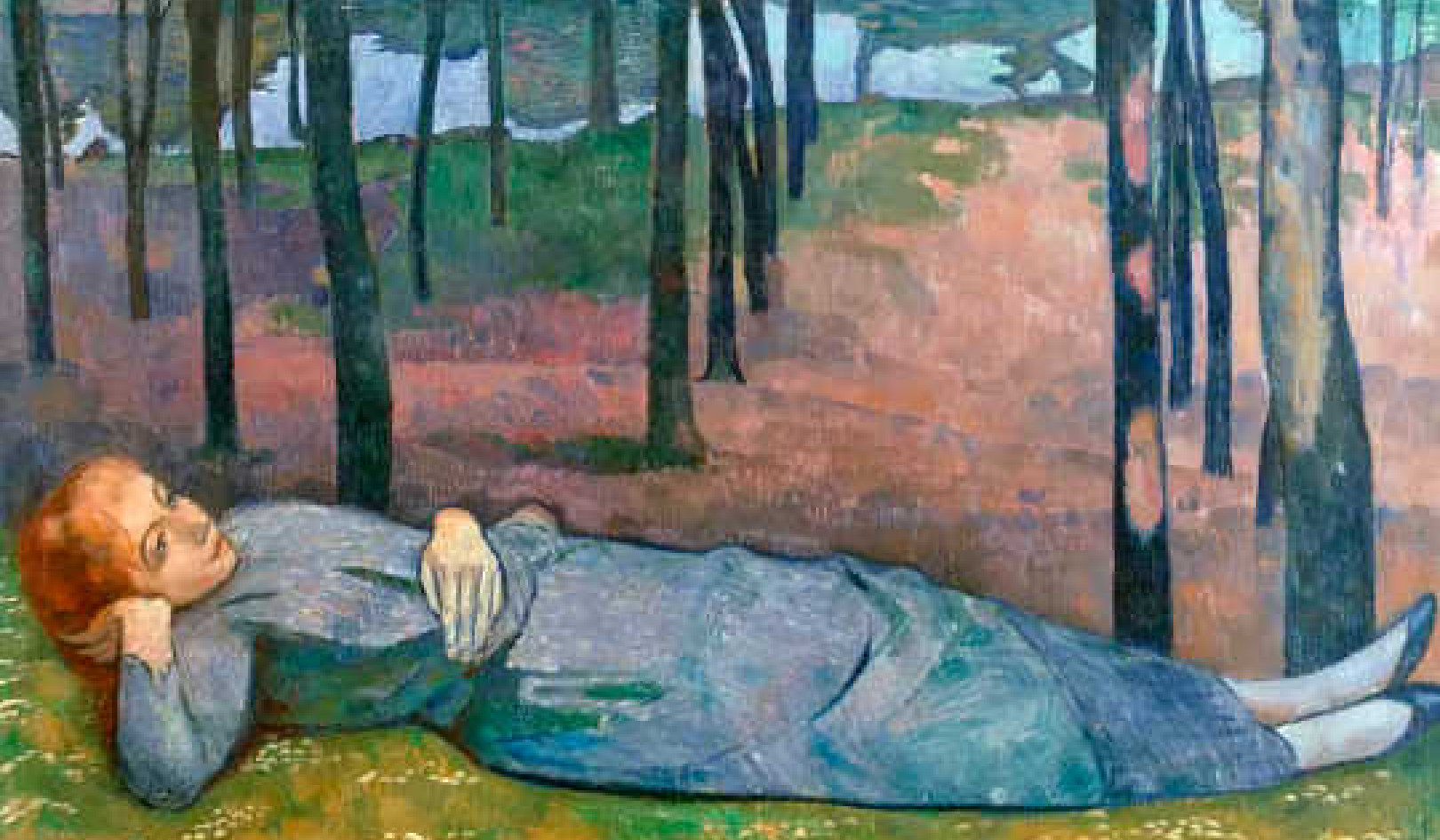
Image by Pete Linforth
For centuries the worship of just one God has been seen as the ultimate in religious sophistication, exemplifying the progress of civilization. But the most cursory glance at monotheism’s track record tells a very different story.
The elevation of one God—and the rejection of all others—creates an “us and them” attitude. It goes hand in hand with intolerance of outsiders or those with a different perspective—though which is the cause and which the effect is quite another question. (And that’s not to say that the old pagan cultures were never intolerant and prejudiced; it just seems not to be linked to their religion.)
Monotheism and Rigid Authoritarianism
Of all types of religion, it is usually monotheism that results in rigid authoritarianism. Very soon the faithful are ruled with a rod of iron and any deviations are punished severely. If on the other hand, the religion is already polytheistic, there is scope within the pantheon of deities for people to pick and choose their own path. Polytheism implies a certain religious freedom that monotheism can never possess.
And as the sad, mad, bad story of the last two millennia makes only too clear, monotheism also encourages a sense of superiority and moral smugness. This is never good, as it can be used to justify all kinds of abuses, especially if some of the deities who are missing from people’s lives and hearts are female.
The Comeback of the Goddess: #SheToo
In the past century or so Westerners have begun to emerge—often hesitantly and shakily—from the shadow of totalitarian belief systems. Certainly in our own country, the distinctly secular United Kingdom, freethinking is taken for granted as a way of life. It has been very hard-earned—it was the trauma of two World Wars that caused many to question religious certainties for the first time—but spiritual freedom here is now largely a given.
Today we can practice any faith, from Islam and Judaism through the various Christian denominations such as Catholicism and Mormonism to “fringe” religions including Theosophy, Wicca, and even Thelema. All without living in fear of the Inquisitor coming to call. That’s not to say that religious practices never cause raised eyebrows, while the media still enjoys holding some beliefs, such as reincarnation, up to ridicule.
Few would deny, though, that one sector of society that has benefited most from the new freedom is women. Running parallel with other sorts of equality—education and employment, for example—women are increasingly demanding a voice in synagogues, churches, temples, and covens.
In Judaism there has been an upsurge in women rabbis and in many forms of Christianity a new wave of female ministers, even bishops. (Though of course, Peter’s Catholic Church is still absolutely male-dominated. He would be so proud.)
Away from the mainstream religions—and even aside from female-friendly faiths such as Wicca—ordinary women have been quietly discovering the goddess for themselves. Much of the change in popular perception of the role of women in Christianity—particularly Mary Magdalene—began with critically derided “alternative” books such as Holy Blood, Holy Grail and The Templar Revelation. Almost a generation later, it was The Da Vinci Code that seized the imagination and made women reconsider not only Mary’s real status but also their own. Individual readers can have their own relationship with the goddess, knowing this is not new, but hallowed by the ages.
Historical Roots of The Goddess
She was here. She was abandoned and defiled. But now she is back . . .
However, her return was not random or unexpected. Even the most spiritual beliefs need a political and historical framework. It’s rarely appreciated that even the return of the goddess has been driven by academic and archaeological research—even if most people only know about it through alternative books and even fiction. Her historical roots give her substance.
Think of the archaeological discoveries about Asherah that seriously changed our view of the Israelite religion. As William G. Dever observes (his italics): “in time orthodoxy drove the Great Mother underground, where she was almost forgotten for centuries, until popular piety and archaeology rediscovered and revived her. Asherah, in whatever guise, appears to be alive and well.” [Did God Have A Wife?]
She does indeed have many guises. But call her Asherah. Call her Isis. See her priestesses clamor for recognition across the millennia—Mary, called Magdalene; Helen the prostitute; and many more whose names we will never know, besides their devoted priests. We honor them by trying to get their stories right. And by welcoming them into the twenty-first century, we implicitly salute all those women who suffered neglect, humiliation, abuse, and hideous death over the years. For how we treat women is how we treat the goddess—but not just women . . .
The Goddess and the Balance of Her "Other Half"
There is something else to bear in mind, which many goddess-worshipping modern feminists often choose to ignore. If by ignoring Mary Magdalene people were insulting Jesus Christ, who clearly longed for her to be admired and loved by the whole world, then this also works the other way. He was her Lord, her other half, the essential male balance to her female power, as she was to his.
Asherah had her Yahweh. Isis had her Osiris. Helen had her Simon. Whatever they were about, it centered on balance between the opposite and equal powers of the two. After Helen was saved, she partnered the Magus. Magdalene anointed Jesus and the couple then shared a mission, as the gnostic gospels make clear. Even Asherah and El were once a team, as were Yahweh and the Shekinah. The story we have traced shows a perpetual yin-yang-like balance to be cosmically important.
And what the world needs now more than anything is balance. But as ever, hidden in the story of the goddess is the secret of how to make it happen.
©2019 by Lynn Picknett and Clive Prince. All Rights Reserved.
Excerpted with permission from When God Had a Wife.
Publisher: Bear & Company, a divn. of Inner Traditions Intl..
Article Source
When God Had a Wife: The Fall and Rise of the Sacred Feminine in the Judeo-Christian Tradition
by Lynn Picknett and Clive Prince When God Had a Wife reveals the tradition of goddess worship in early Judaism and how Jesus attempted to restore the feminine side of the faith. Providing all the necessary evidence to restore the goddess to both Judaism and Christianity, Lynn Picknett and Clive Prince expose the disastrous consequences of the suppression of the feminine from these two great religions and reveal how we have been collectively and instinctively craving the return of the Sacred Feminine for millennia. (Also available as an Audiobook and a Kindle edition.)
When God Had a Wife reveals the tradition of goddess worship in early Judaism and how Jesus attempted to restore the feminine side of the faith. Providing all the necessary evidence to restore the goddess to both Judaism and Christianity, Lynn Picknett and Clive Prince expose the disastrous consequences of the suppression of the feminine from these two great religions and reveal how we have been collectively and instinctively craving the return of the Sacred Feminine for millennia. (Also available as an Audiobook and a Kindle edition.)
About the Authors
 Since 1989, Lynn Picknett and Clive Prince have researched historical and religious mysteries. Together they have written such bestsellers as The Stargate Conspiracy and The Templar Revelation, which directly inspired The Da Vinci Code. Frequent speakers at conferences around the world, they regularly appear on TV series such as Forbidden History, History’s Ultimate Spies, and Medieval Murder Mysteries. Visit their website at http://www.picknettprince.com.
Since 1989, Lynn Picknett and Clive Prince have researched historical and religious mysteries. Together they have written such bestsellers as The Stargate Conspiracy and The Templar Revelation, which directly inspired The Da Vinci Code. Frequent speakers at conferences around the world, they regularly appear on TV series such as Forbidden History, History’s Ultimate Spies, and Medieval Murder Mysteries. Visit their website at http://www.picknettprince.com.























